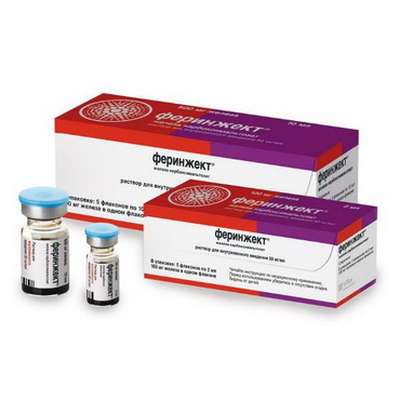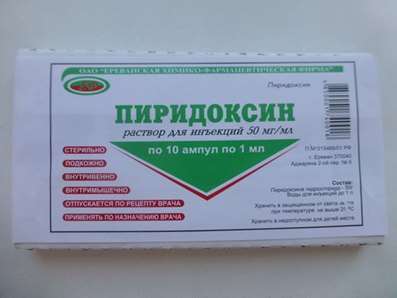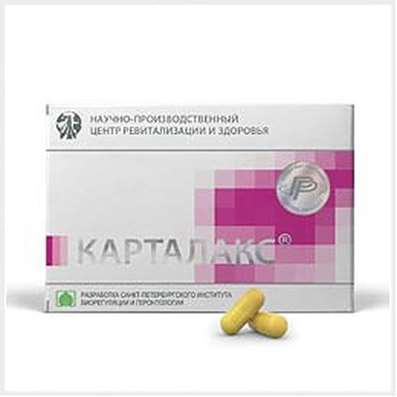Instruction for use: Acrivastine
I want this, give me price
Latin name of the substance Acrivastine
Acrivastinum (genus. Acrivastini)
Chemical name
(E, E) -3- [6- [1- (4-Methylphenyl) -3- (1-pyrrolidinyl) -1-propenyl] -2-pyridinyl] -2-propenoic acid
Gross formula
C22H24N2O2
Pharmacological group of the substance Acrivastine
H1-Antihistamines
The nosological classification (ICD-10)
J30 Vasomotor and allergic rhinitis: Allergic rhinopathy; Allergic rhinosinusopathy; Allergic diseases of the upper respiratory tract; Allergic rhinitis; Allergic rhinitis seasonal; Vasomotor runny nose; Prolonged allergic rhinitis; All-year-round allergic rhinitis; All-year allergic rhinitis; Year-round or seasonal allergic rhinitis; All-the-year-round rhinitis of an allergic nature; Rhinitis vasomotor allergic; Exacerbation of pollinosis in the form of rhinoconjunctival syndrome; Acute allergic rhinitis; Edema of the nasal mucosa; Edema of the nasal mucosa; Edema of the mucous membrane of the nasal cavity; Swelling of the nasal mucosa; Swelling of the nasal mucosa; Pollinosis; Permanent allergic rhinitis; Rhinoconjunctivitis; Rhinosinusitis; Rhinosinusopathy; Seasonal allergic rhinitis; Seasonal allergic rhinitis; Hay rhinitis; Chronic allergic rhinitis; Allergic diseases of the respiratory tract
L20 Atopic dermatitis: Allergic diseases of the skin; Allergic skin disease noninfectious etiology; Allergic skin disease etiology nemikrobnoy; Allergic skin diseases; Allergic skin lesions; Allergic reactions on the skin; atopic dermatitis; Allergic dermatosis; Allergic diathesis; Allergic itching dermatosis; Allergic skin disease; Allergic skin irritation; allergic Dermatitis; atopic Dermatitis; allergic dermatoses; exudative diathesis; Itchy atopic eczema Itchy allergic dermatosis; Allergic skin disease; Cutaneous allergic reaction to drugs and chemicals; Cutaneous reactions to medications; Skin and allergic disease; Acute eczema; common neurodermatitis; Chronic atopic dermatitis; Exudative diathesis
L50 Urticaria: Idiopathic chronic urticarial; Injury Urticaria; Chronic urticarial; Hives of the newborn
CAS code
87848-99-5
Characteristics of the substance Acrivastine
Derivative of pyrrolinyl pyridines. White crystalline powder, odorless. Soluble in chloroform and alcohol, slightly soluble in water.
Pharmacology
Pharmacological action - antiallergic, antihistamine, antiexudative.
It blocks histamine H1-receptors, reduces the body's reaction to histamine, reduces capillary permeability and exudation. Prevents development and facilitates the course of allergic reactions. Weaken the symptoms of seasonal allergic rhinitis (runny nose, sneezing, itching, lachrymation). Antiallergic and antiexudative effects begin to appear after 30 minutes, reach a maximum after 1-2 hours and persist up to 6-12 hours. It has a weak cholinolytic and sedative effect.
In experimental studies, there was no evidence of a carcinogenic, mutagenic effect and an effect on fertility.
Well absorbed (eating does not affect the AUC). Binding to plasma proteins (mainly with albumin and to a small extent - with alpha-1-acid glycoprotein) is 48-52%. Tmax - 0,8-1,7 h, Cmax - 227 ± 47 ng / ml. Relatively evenly distributed in the body, poorly penetrates through the BBB. Vd at a single application is 0.46 ± 0.05 l / kg, in a state of stable equilibrium, increases to 0.82 ± 0.6 l / kg (at the same time, T1 / 2 increases). Minorly metabolized with the formation of an active metabolite (an analogue of propionic acid), whose concentration in the plasma is 10% of the level of the drug. T1 / 2 acryvastin in the final phase - 1,4-2,2 h (for the metabolite - 2,4-5,2 h), Cl - 2,9 ± 0,7 ml / min / kg. 84% is excreted in the urine for 48 hours (67% in unchanged form, 11% in the form of an analogue of propionic acid, 6% in the form of unidentified metabolites). In patients with chronic renal failure with Cl creatinine 26-48 ml / min, T1 / 2 increases by 50%, with Cl creatinine 6-17 ml / min - 130%, and its metabolite - 140% and 5 times, respectively. By dialysis, 20% of acrivastine and 27% of the metabolite are removed. In the elderly, the volume of distribution is 44% lower. There are no significant differences in pharmacokinetics in patients of different ages, sex, and race.
Application of Acrivastine
Allergic rhinitis, pollinosis, allergic dermatosis, itchy atopic eczema, symptomatic dermographism, urticaria (chronic idiopathic, cholinergic, cold).
Contraindications
Hypersensitivity (including to triprolidine), severe renal failure, pregnancy, breast-feeding, children's age (up to 12 years).
Application in pregnancy and breastfeeding
Contraindicated. For the duration of treatment, breastfeeding should be stopped.
Side effects of Acrivastine
From the nervous system and sensory organs: rarely - headache, dizziness, nervousness, insomnia, drowsiness, decreased speed of mental and motor reactions, attention impairment.
Allergic reactions: very rarely - anaphylaxis, angioedema, bronchospasm, erythema multiforme.
On the part of the digestive tract: rarely - dry mouth, nausea, dyspepsia.
Other: pharyngitis, dysmenorrhea.
Interaction
Alcohol and other drugs that depress the central nervous system can enhance the effect on the central nervous system (a combination is not recommended).
Overdose
Symptoms: weakness, pallor, insomnia, drowsiness, fear, anxiety, agitation, tremor, convulsions, dysuria, arrhythmia, collapse.
Treatment: symptomatic and supportive therapy.
Routes of administration
Inside.
Precautions for the substance Acrivastine
With caution apply during work drivers of vehicles and people whose profession is associated with increased concentration of attention. When appointing elderly patients, renal function monitoring is recommended.

 Cart
Cart





